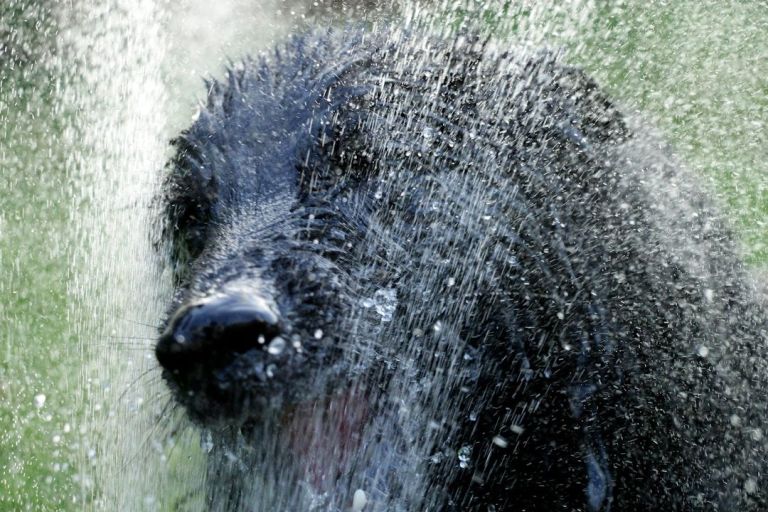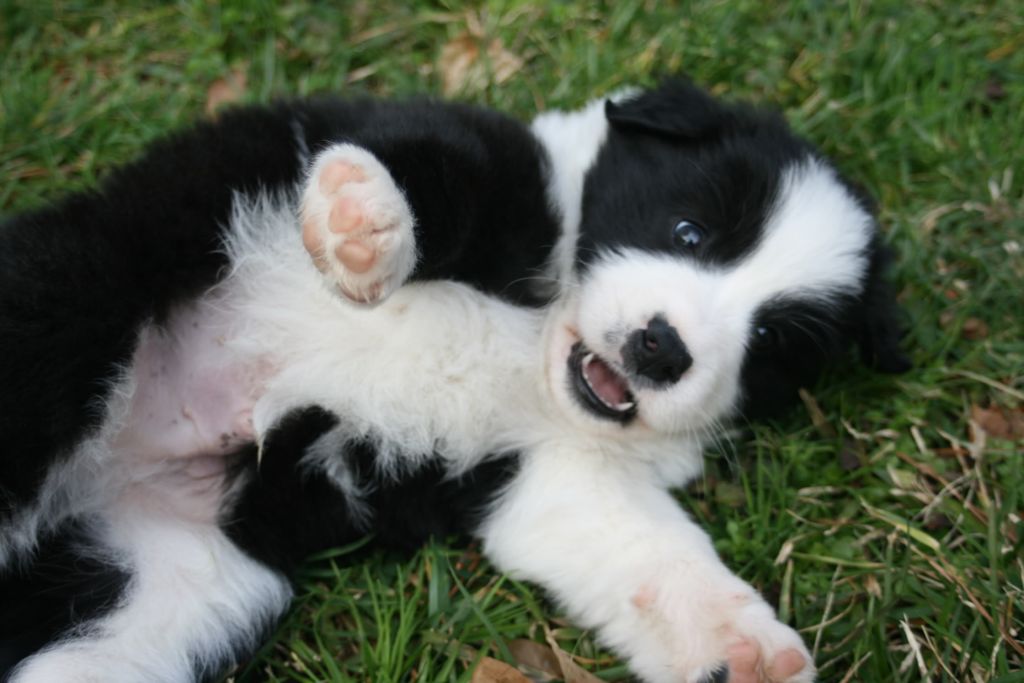10 Dog Training Tips for Hot Weather
It’s getting hot in here; take off all your collars… too far?
As a professional dog trainer in Winston-Salem, NC, I understand the challenges of training dogs during the hot summer months. This blog post provides 10 essential tips to help you train your dog safely and effectively in hot weather, including choosing the right time and location, providing hydration breaks, using cooling accessories, and recognizing the signs of heat stroke.
- Time of Day: Schedule training sessions during cooler parts of the day to avoid the heat of the midday sun. Check the weather and plan ahead.
- Location: Take advantage of dog-friendly establishments in Winston-Salem, NC. Conduct training in shaded spots and consider a Sniff Spot for a shady change of scenery.
- Hydration Breaks: Offer frequent water breaks to keep your dog hydrated and prevent heat exhaustion. Use a portable or collapsible water bowl that’s easy to pack and carry.
- Modify Training Sessions: Adjust the intensity and duration of training exercises to accommodate your dog’s comfort levels in hot weather. Keep sessions shorter than you think and always end on a positive note.
- Adapt to the Heat: Establish an adaptation period in the spring or early summer to help your dog adjust to higher temperatures. If you haven’t been working outside, July isn’t the time to start intensive outdoor training.
- Cooling Accessories: Use cooling mats, vests, or bandanas to help regulate your dog’s body temperature during training. Let your dog get used to them indoors before venturing out.
- Paw Protection: If the ground is too hot for your hand, it’s too hot for your dog’s paws. Consider dog boots and let them acclimate at home before use outside.
- The Shorter the Snout, the Less They Stay Out: Brachycephalic breeds can struggle to pant efficiently, making them more susceptible to overheating.
- Know the Signs: Recognize heat stroke symptoms—excessive panting, drooling, vomiting, weakness—and intervene promptly.
- Know the Protocol: If you suspect heat stroke, act quickly to cool your dog and seek veterinary care immediately.
Treating an Overheated Dog
If your dog is showing signs of heat stress, immediately take these steps:
- Provide Air Circulation: Use a fan or circulate air around your dog to facilitate evaporation and cooling.
- Monitor Their Temperature: Use a rectal thermometer and stop cooling once their temperature reaches about 103°F.
- Offer Water: If your dog is conscious and able to drink, offer small amounts of cool water or let them lick ice cubes.
- Seek Veterinary Care: Even if your dog appears to recover, seek immediate veterinary attention to rule out internal damage.
Putting it all together
Ultimately, use your judgment and prioritize your dog’s comfort and safety. If it feels too hot for you outside, it’s too hot for your dog. In that case, stay inside, change your training location at home, and still make progress toward your goals without risking heat-related issues. Happy training!
Ready to Train Smarter (Not Harder)?
Dog training with Good Human Dog Training gives you more than just a polite pup; it gives you peace of mind. Whether you’re wrangling a wild puppy, managing reactivity, or just tired of being dragged down the block, we’ve got a plan for you.
Let’s make training click for both of you.
Schedule Services



